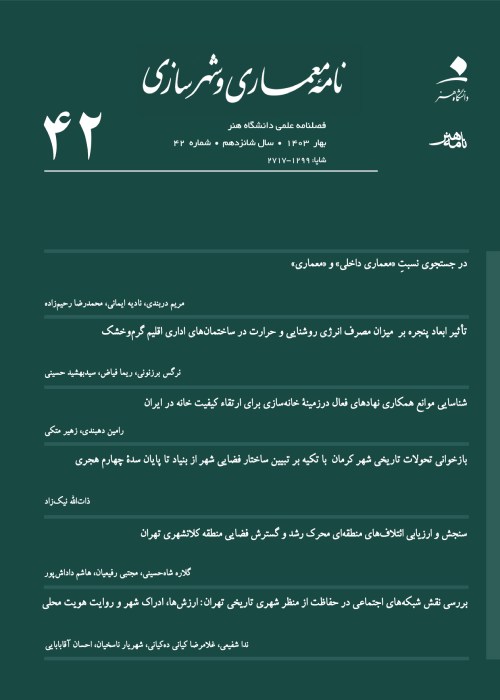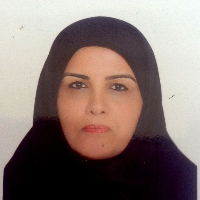Urban Design and Social Resiliency Case Study: Jolfa Neighborhood in Isfahan City
Author(s):
Abstract:
The term resilience was first introduced by Holling (1973) in Resilience and Stability of Ecological Systems from an environmental viewpoint. This concept has been gradually developed during time and its focus has changed from merely ecological aspects to social-ecological aspects. In early 1990s the attention has been primarily paid to resiliency in urbanization. Although some believes that to achieve a resilient city means a utopia, but in reality the differences between resiliency rates of cities against various crises demonstrate that making conditions in order to improve resiliency is feasible. Many researches about resiliency have already been conducted focusing on security improvement, but not on the social issues and human relations with place. However, the experiences of crises occurred in the recent decades have obviously emphasized on the role of human in the resiliency of cities. Indian Ocean tsunami in 2004, Hurricane Katrina in New Orleans in 2005, and Sandy Hurricane in 2012, all indicated that the reconstruction process of cities and villages in each of abovementioned examples has been done with a diverse rapidity. These differences was due to people involvement, different social capital as well as the discrepancy in social resiliency in various areas. It can be inferred that the social resiliency makes societies experience the same events but in different ways. Moreover, it can be said that the social resiliency includes conditions in which the people and the social groups are adapted to the environmental changes. In fact, it represents the societys power of identity in order to react to the crises. There is a highly close relationship between social resiliency and place characteristics due to the fact that all the social events occur within geographical environment and location coordinates. The main goal of this study was to understand the effective components in improving the social aspect of resiliency of the neighborhoods through urban design. In this regard, the documentary and library methodologies were initially used through organized review of the related resources in order to identify the main criteria of the social resiliency using qualitative methodology and the mixture of theory-research and research-theory strategies. Then, the conceptual model of the social resiliency was developed by deductive methodology. Consequently, the neighborhood of Jolfa in the city of Isfahan was chosen for the case study. The urban design-related factors focusing on social resiliency were then inferred based on each subject type by physical and social typology and through half-organized interviews, and also by means of inductive content analysis. Finally, with regard to the relative commonalities among extracted factors in various types, the factors were categorized in six general categories. The results of the study show that considering the factors such as environmental quality improvement, identity, flexibility, inclusiveness, learning spaces, and social interactions in the neighborhoods design leads to the social resiliency development.
Keywords:
Language:
Persian
Published:
Journal of Architecture and Urban Planning, Volume:9 Issue: 17, 2017
Pages:
99 to 116
magiran.com/p1654301
دانلود و مطالعه متن این مقاله با یکی از روشهای زیر امکان پذیر است:
اشتراک شخصی
با عضویت و پرداخت آنلاین حق اشتراک یکساله به مبلغ 1,390,000ريال میتوانید 70 عنوان مطلب دانلود کنید!
اشتراک سازمانی
به کتابخانه دانشگاه یا محل کار خود پیشنهاد کنید تا اشتراک سازمانی این پایگاه را برای دسترسی نامحدود همه کاربران به متن مطالب تهیه نمایند!
توجه!
- حق عضویت دریافتی صرف حمایت از نشریات عضو و نگهداری، تکمیل و توسعه مگیران میشود.
- پرداخت حق اشتراک و دانلود مقالات اجازه بازنشر آن در سایر رسانههای چاپی و دیجیتال را به کاربر نمیدهد.
In order to view content subscription is required
Personal subscription
Subscribe magiran.com for 70 € euros via PayPal and download 70 articles during a year.
Organization subscription
Please contact us to subscribe your university or library for unlimited access!



